I saw a firefly for the first time in my life. While taking an evening stroll with colleagues after a sumptuous dinner at the Michelin Star Laconda del Pilone, as if like a miniature shooting star, the firefly appeared amongst the grape vines under June’s waning moon. Quite literally, this was the spark that marked the beginning of my experience at the 2018 Collisioni Festival Vino & Food Project.
More than 70 selected wine experts, writers, and importers, sommeliers from 11 countries around the world gathered at the picturesque and historic village of Barolo over several days for a series of tastings, winery visits, lunches, and dinners.
Organized by Collisioni’s creative director and award-winning author of Native Wine Grapes of Italy, Ian D’Agata, Collisioni’s mission is to promote a dynamic collaboration of international minds who share the same passion. The project aims at giving voice to the regionality, territoriality and richness of the great treasure being Italian wine and food.
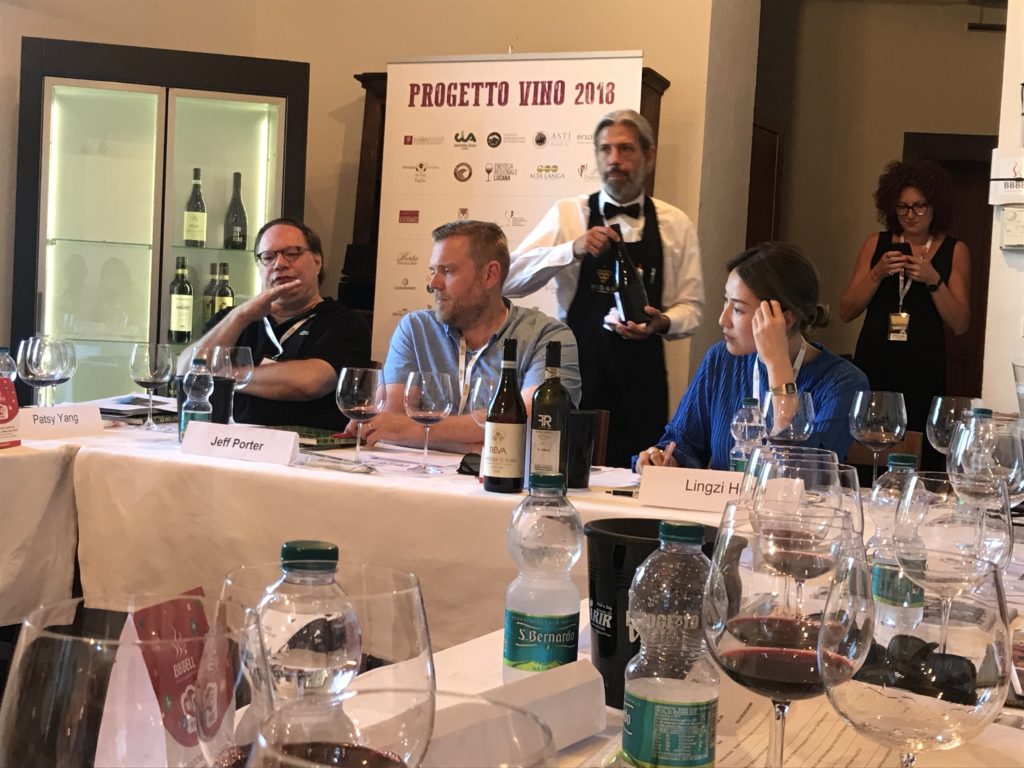
During the days of the Wine Project producers and consortia from throughout Italy shared their stories, presented their wines, which in turn virtually took us to their place, from Puglia’s lesser known regions to Barolo’s famous crus. Among the sea of wine glasses, we ourselves were a giant vessel of wine – living, breathing, and evolving around a shared passion.
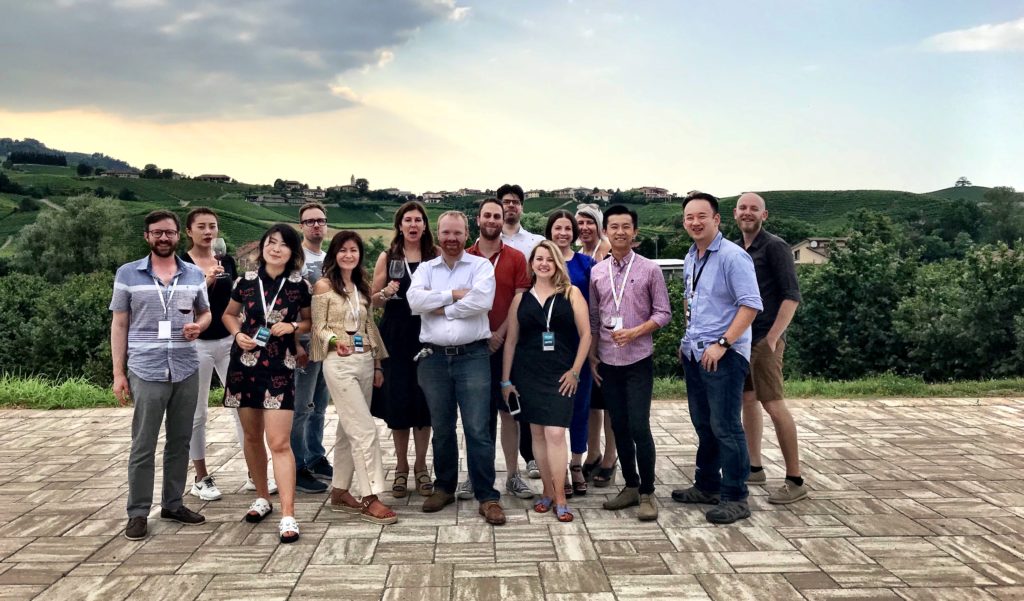
Flights of Amarone, Vino Nobile di Montipulciano, Brunello, and Primitivo, among others, showed distinctively unique expressions, reflections of styles, terroir, and philosophies. All the while, each sip prompted conversations about specific wines and their visibility and marketability in world markets and wine’s place in history, culture, and in tradition.
Among the discussion was Puglia’s rosato wines (with persistence in referring to them as rosato, not rosé) and the challenge of communicating to the world that Puglia’s signature deeply-hued wines of beauty are something worth discovering. Along the way, wines like Frascati was an unexpected head turner when Castel de Paolis presented Frascati Superiore DOCG 2017 from the volcanic hills south of Rome. Almost immediately Frascati, which had been around for two thousand years and lost its horizon in the marketplace, was making a comeback at Collisioni. It was a brilliant wine of straw-gold hues with beautiful aromas and flavors primarily from the 25-year-old Malvasia di Lazio grapes, which makes up 70 percent of the juice.
Daytime tastings turned into evening estate visits, which offered the opportunity to get more intimate with producers, discover the characteristics of the family’s style, and connect in their daily physical space. Some were engaged in providing a full immersion of our senses, suggesting a test of our abilities, such as our evening with G.D. Vajra. While others more conventional in their approach, keeping the experience simple but still incredibly fulfilling and contemplative at Sordo.
Days upon days of tastings and visits to wineries were then followed by Collisioni’s Food Project. Ian D’Agata and his team gathered producers to introduce regional products, ranging from cheeses to sausage. From the Marche’s 35 different varieties of olives, the focus was on four varieties that make the region’s distinctively spicy olive oils. Among them, the rustic Sargano variety, with its characteristic artichoke and spice subdued by minerality and salinity, to the slightly tannic, but luxurious and juicy extra virgin olive oil made from the Carboncella variety. Displaying a subtle tomato vine essence makes this oil a perfect match for use in tomato dishes, pesto, and mayonnaise.
From Piedmont, a discussion on Razza Piedmontese, the local breed that provides 50% of Piedmontese beef. The other 50% are of French origin. It was an exploration of why this region uses the breeds that they do and their particular affinity for extra lean meats and cuts from a youthful animal. Tastings took us from the powerful and intense cheeses of Piedmont’s high elevation Castelmagno di Alpeggio DOP, to the pure ivory-colored, velvety-fine goat cheeses of Robiola di Roccaverano DOP, to risotto rice of Baraggio, the first and only PDO rice of Italy, where the mountain streams of the majestic Monte Rosa naturally feed the fields. We delved deeper into Nocciole (hazelnuts) from the Alta Langa, the trending contemporary pizza sometimes referred to as the “third wave,” flour production, and zero kilometer beers from the Piasco commune by Kauss, who produces a beer using an ancient, native corn called Pignolet.
Certainly, Collisioni was a “collision” of wine, food, and passion centered around Italy and made possible by the numerous professionals who attended from all over the globe to create a vibrant and dynamic exchange of information and ideas. Yet, like Isidore Vaira said on that night at dinner after an intense overview of the area’s geology, “We all know a little something now, but we are still learning.”
¸¸¸.•*¨¨*•.¸¸¸.•*• and back to the magical bioluminescence of the dancing firefly during that evening stroll, a fellow colleague gingerly cupped his hands around it, then suddenly it extinguished its light. Quickly, it was released.
Nevertheless, we continued to walk down the path that night toward our shuttle.
Then, we created our own light at Collisioni 2018.
(Much thanks to Ian D’Agata and the entire Collisioni team, private sponsors, participating producers, and government institutions for the experience.)
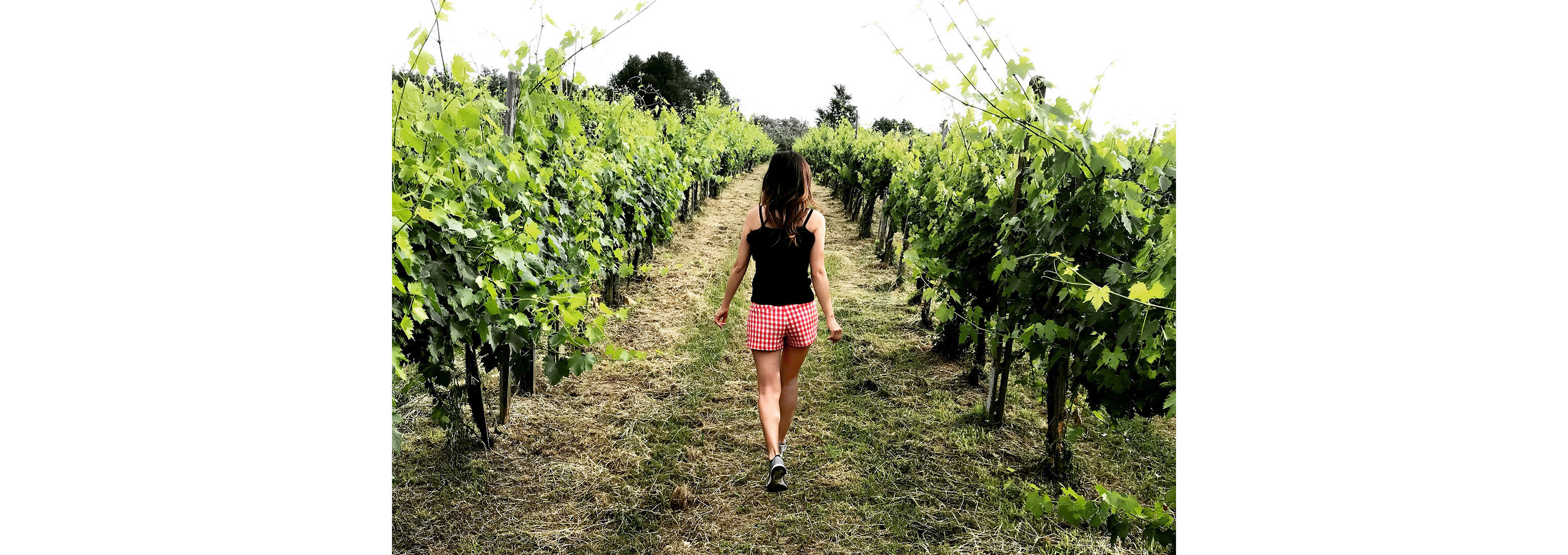

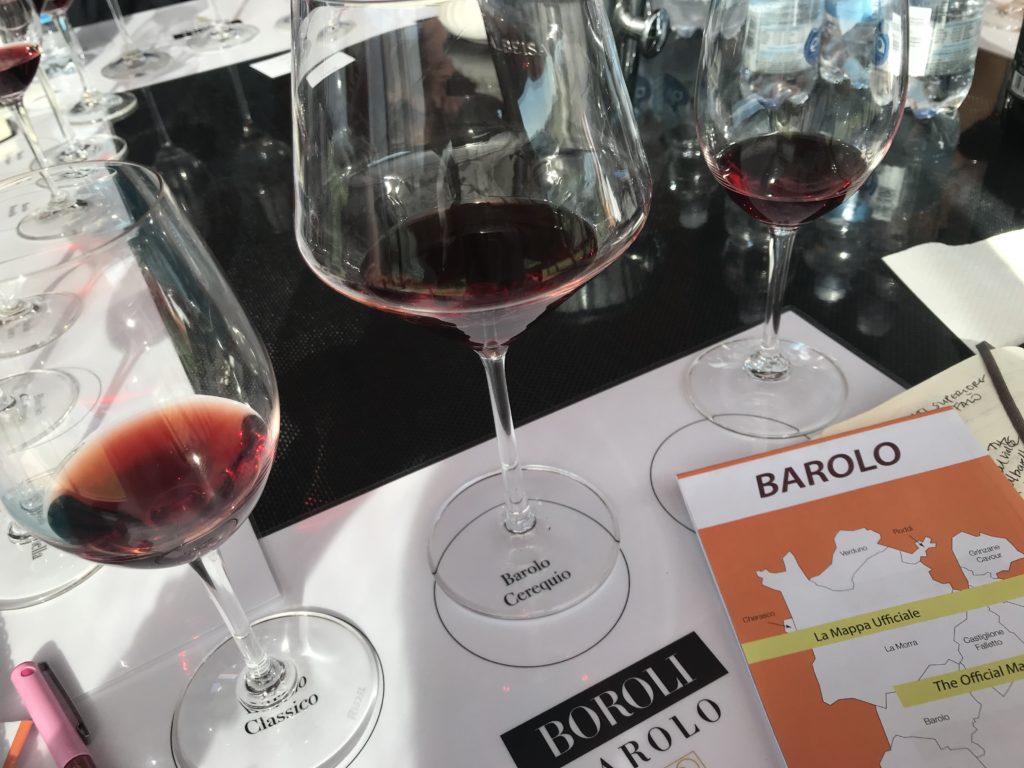

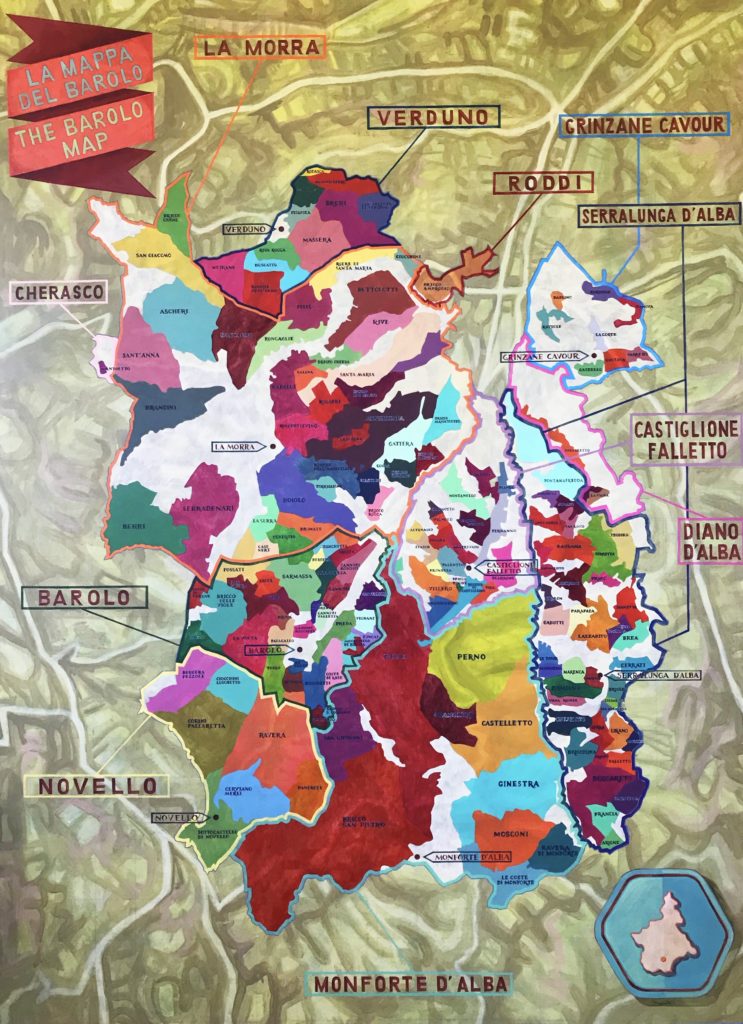
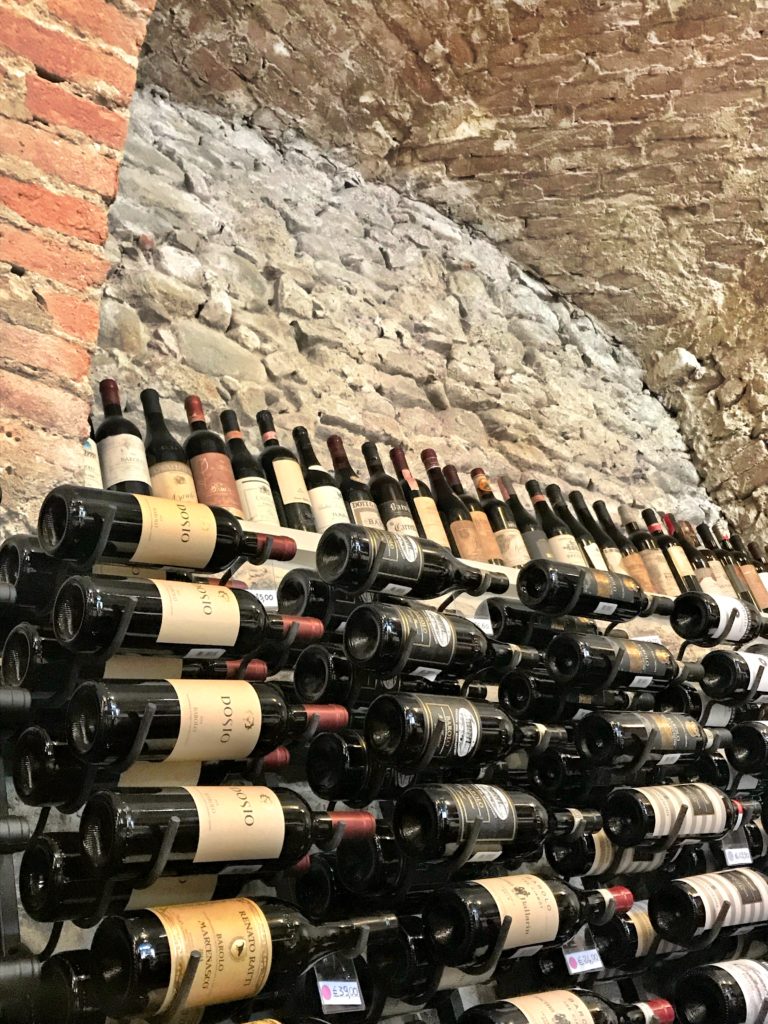
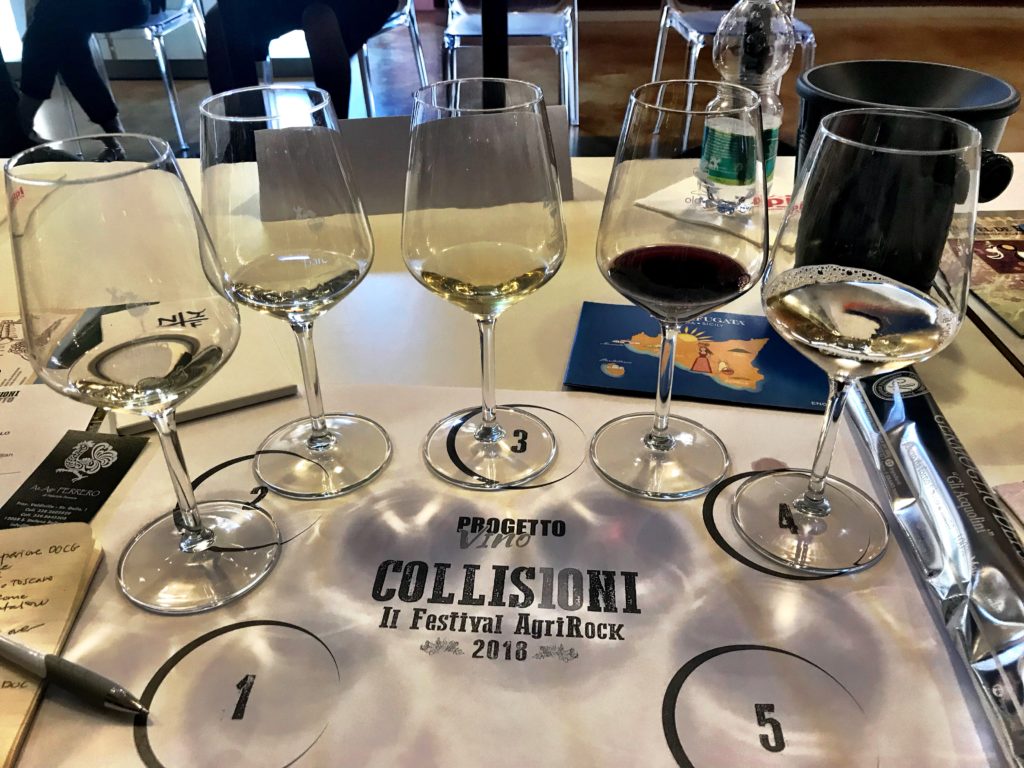
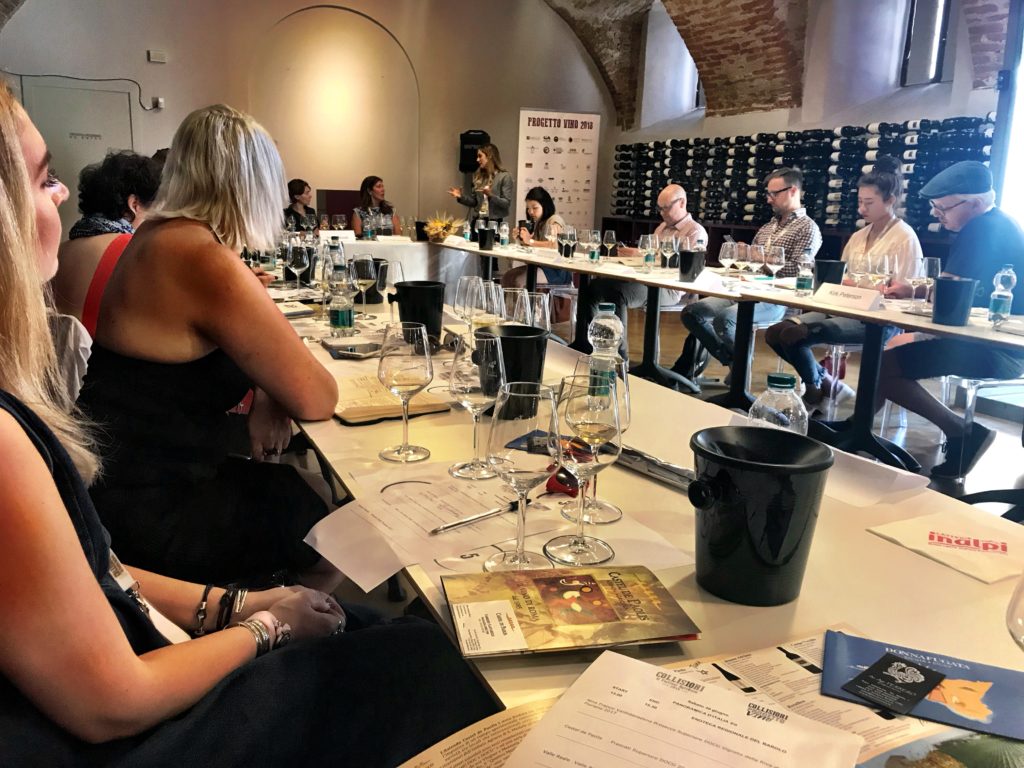
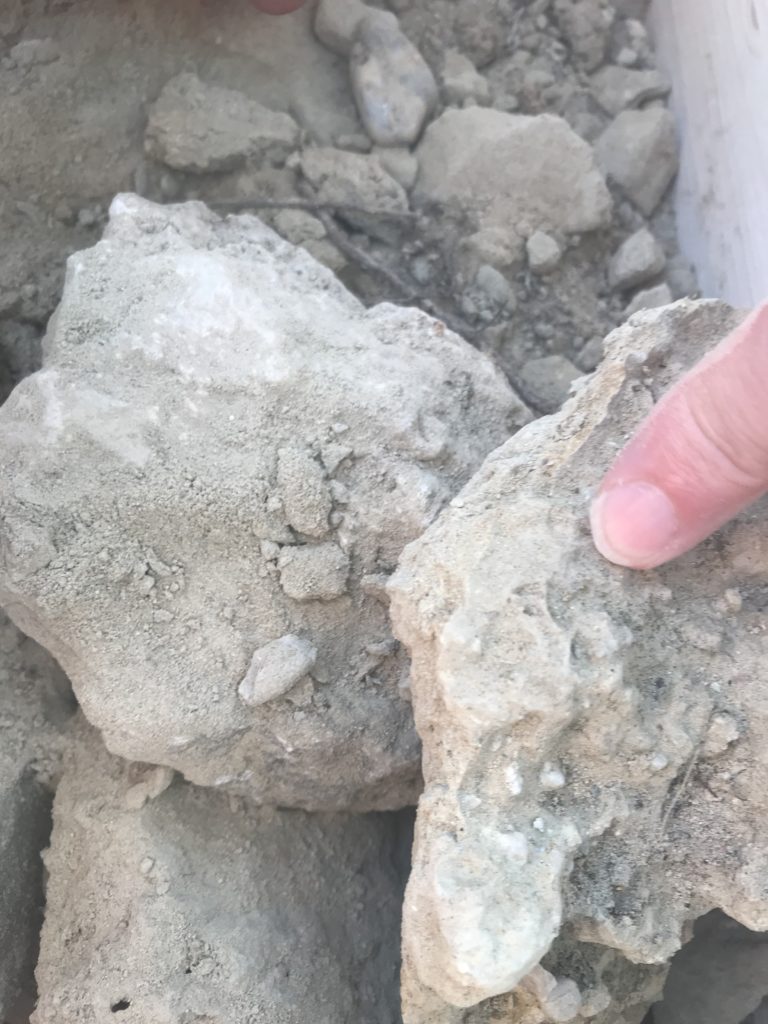
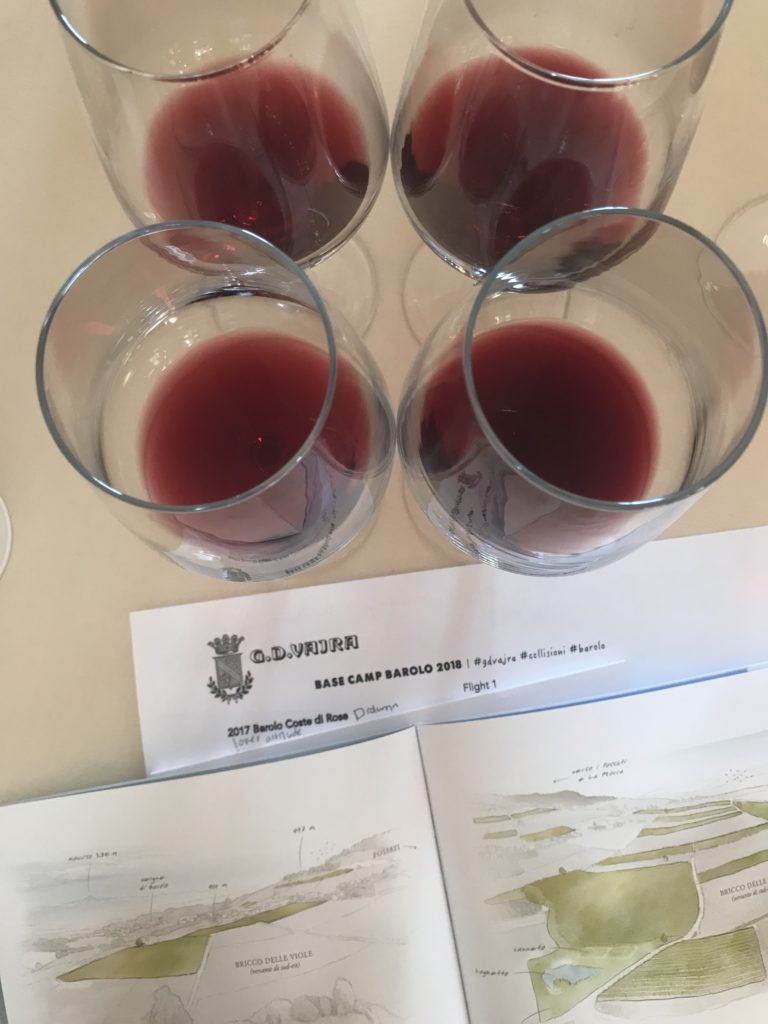
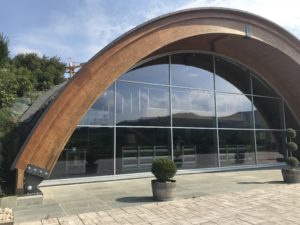
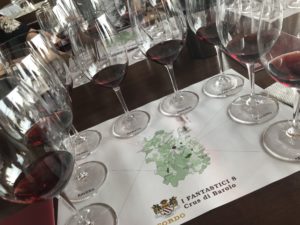
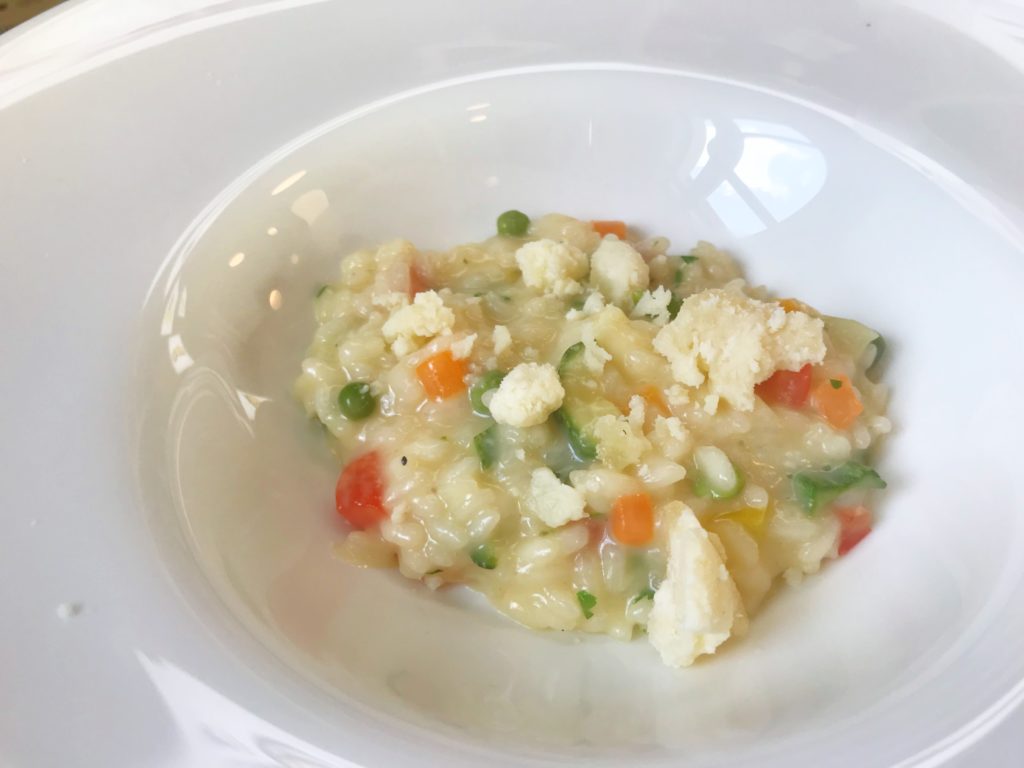
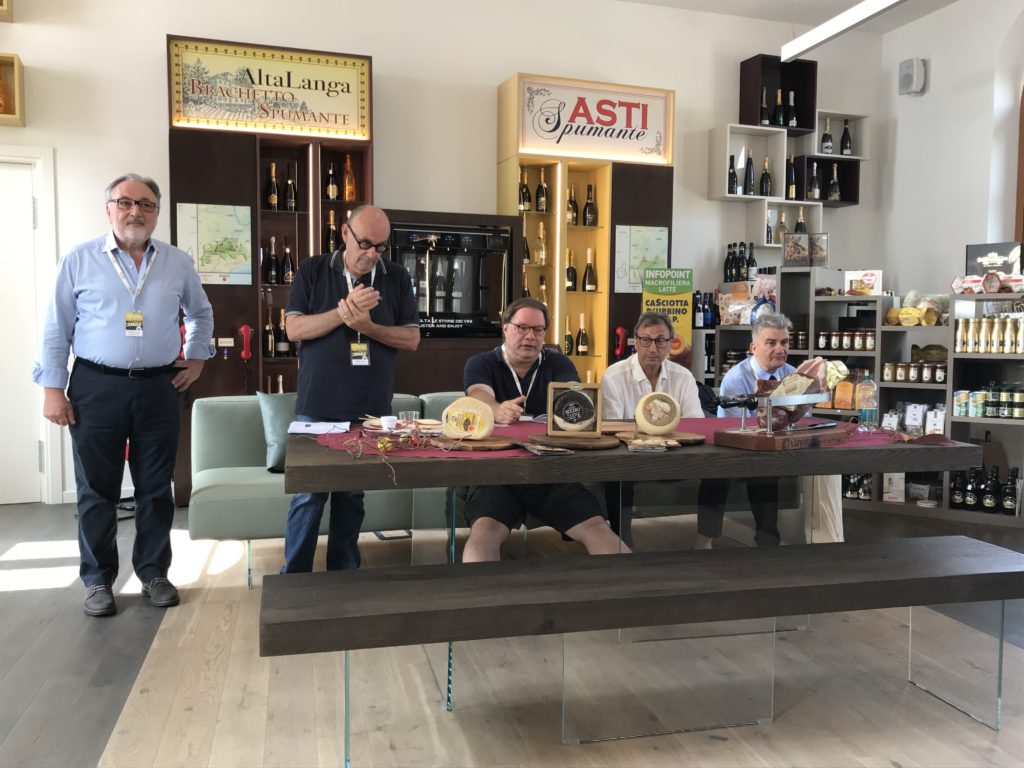

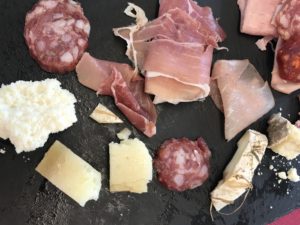
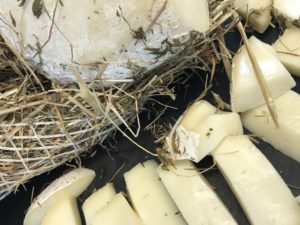
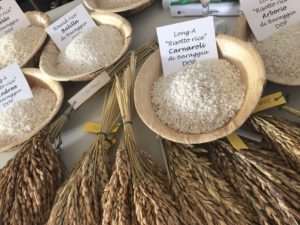
Definitely, what a splendid website and enlightening posts, I definitely will bookmark your site.Have an awsome day!
Super-Duper site! I am loving it!! Will come back again. I am bookmarking your feeds also.